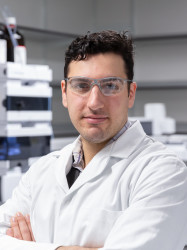BibTex format
@article{Crake:2017:10.1016/j.apcatb.2017.03.039,
author = {Crake, A and Christoforidis, KC and Kafizas, A and Zafeiratos, S and Petit, C},
doi = {10.1016/j.apcatb.2017.03.039},
journal = {Applied Catalysis B: Environmental},
pages = {131--140},
title = {CO2 capture and photocatalytic reduction using bifunctional TiO2/MOF nanocomposites under UV-vis irradiation},
url = {http://dx.doi.org/10.1016/j.apcatb.2017.03.039},
volume = {210},
year = {2017}
}

